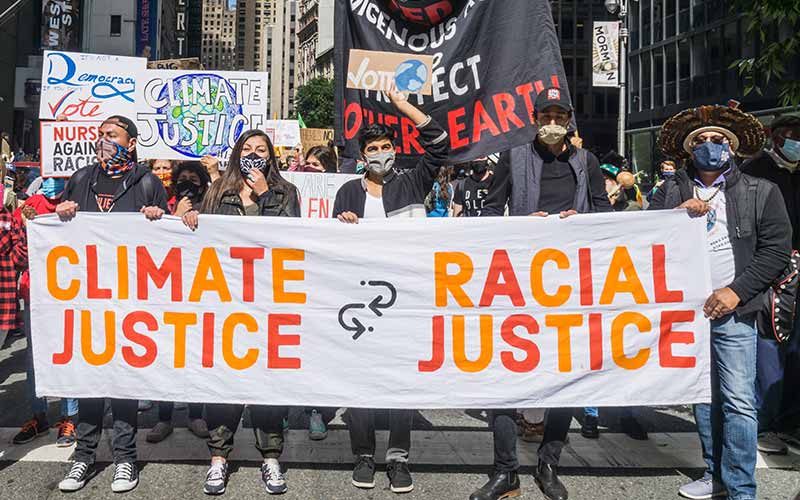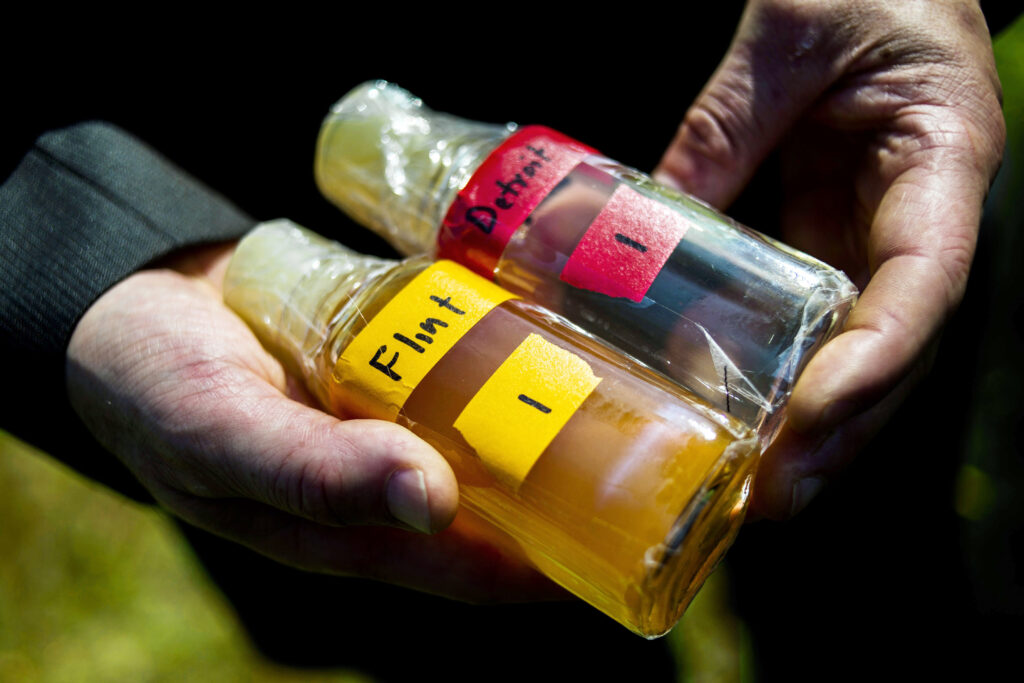What is environmental racism?
Environmental racism is a form of systematic racism that unproportionally exposes minority groups to more hazards and pollutants that lower their quality of life. For example, poorer communities with more people of color are often placed next to garbage dumps, hazardous waste facilities, and are overall exposed to more pollution than their counterparts. This high exposure to pollution leaves minority groups vulnerable to a series of health problems which could have been prevented.

Historically, minority groups’ health and quality of life are treated as less important. Waste facilities and landfills are intentionally placed next to their communities as a “sacrifice zone,” leaving the wealthier, privileged families with cleaner neighbourhoods.
Specifically in the US, kids of low income and non-white families are often born into communities surrounded by landfills, factories, and hazardous waste facilities. Whereas if they were born into a predominantly white community, they would have access to cleaner air, cleaner water, and overall less pollution. Dr. Robert Bullard, the father of environmental justice, gathered data on this existing inequality and proved that African American children were five times more likely to have lead poisoning from proximity to waste than Caucasian children, while even black Americans making $50-60,000 a year were more likely to live in polluted areas than their white counterparts making $10,000.

Flint Michigan Water Crisis
One prime example of this inequity is the infamous Flint Michigan water crisis. To cut down costs, the city decided to switch from Flint’s water source from the properly treated Detroit water to the local Flint River. The water corroded the old, city pipes and high levels of lead were released into the water system. In April 2014, residents began complaining about the discolored contaminated water that was causing them a series of health problems. They continually brought the issue to officials and protested against the unsafe tap water, but leaders continued to claim the water was safe. It wasn’t until third party researchers reported finding high lead levels in collected water samples and doctors finding elevated lead levels in children that the city even began to acknowledge the problem.
Of the 100,000 residents in Flint, the majority is black (54%) and 39 percent of the population lives in poverty. Although these people continually tried to bring attention to their health concerns, they were ignored by their leaders. Because of the city’s neglect, nearly 9,000 children were supplied lead-contaminated water for 18 months, causing lifetime health problems for them. Lead poisoning impairs the brain development of fetuses, infants, and young children, creating irreversible damage. In addition, it reduces IQ and physical growth while also contributing to anemia, hearing impairment, cardiovascular disease, and behavioral problems. The lead poisoning in Flint, Michigan and instances like this can set back already struggling communities for generations.
Environmental Racism: Native Americans
In addition to leaders neglecting their underserved residents, the current system also takes advantage of Native Americans. Native American communities are often extremely poor, with 28.2% of American Indians living below the poverty line. Because of their lack of political power and poor living situation, big companies often buy out their permission to build nuclear power plants nearby, drill radioactive substances from their land, or uproot their communities to mine coal. This practice not only pollutes the surrounding area and causes health problems, but it also takes the rich resources from their community with little to none of the profits benefiting the region it came from.

If these underprivileged groups had the resources, money, and political power to bring attention to these instances and refute it, the narrative would be much different. It is no accident that specifically communities of color are unproportionately exposed to pollutants and toxins than Caucasian areas. Because of these intentional acts of environmental racism, the health and future of deprived communities are directly harmed.
Sources and More Information
Understanding Environmental Racism (common questions)
Working to Advance Racial equity
Toxic wastes and race at twenty
Flint water crisis: Everything you need to know
Native American Living Conditions on Reservations


